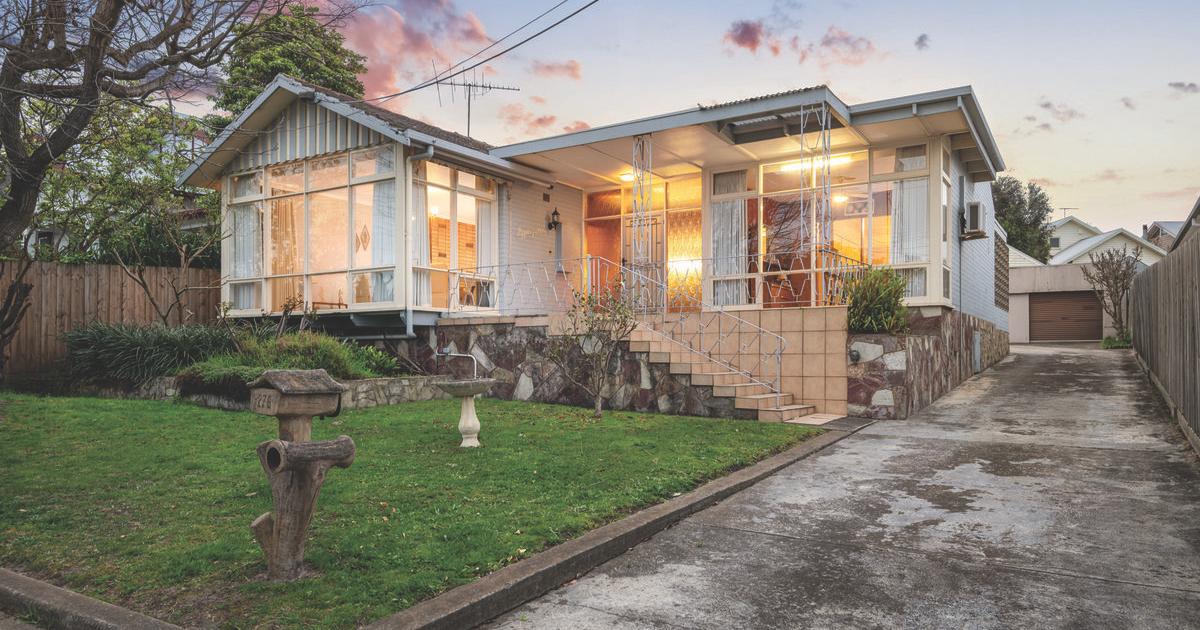Market jitters continue to hinder new home growth

HIA chief economist Tim Reardon said this new data showed there had been record low levels of lending for new home building projects so far this year.
The most recent ABS data showing Lending to Households and Businesses for May 2023, along with building approvals data, shows the number of new homes starting construction across Australia will continue to decline.
HIA chief economist Tim Reardon said this new data showed there had been record low levels of lending for new home building projects so far this year.
“The number of loans issued for the purchase or construction of a new home increased by 1.9 per cent in May, which still leaves the last three months 31.1 per cent below the same quarter a year ago.
“There were only two other occasions in the last 20 years when these numbers were so low – the introduction of the GST and for a brief period during the outbreak of the GFC.”
The data indicates lending for the purchase of residential land remains 20.2 per cent lower than at the same time the previous year.
With the full impact of the rise in the cash rate still to flow through to these official figures, they are likely to remain suppressed for an extended period of time.
The RBA’s cash rate increases over the past year has seen owner occupiers and investors alike retreat from the market.
Earlier projects are also being cancelled as banks withhold finance in the wake of interest rate and construction cost increases.
This lack of new work entering the pipeline means the number of projects that builders have sold but not yet commenced, is shrinking rapidly, and far fewer new homes will be starting construction by the end of the year.

The 18-month lag between the RBA’s first cash rate increase and its impact on the ground, is down to its final six months.
Every additional interest rate increase weighs further on activity in 2024.
Mr Reardon said these trends were also evident in the latest building approvals data.
“Approvals of new detached houses were also flat in May (+0.3 per cent), leaving approvals 15.7 per cent lower than at the same time the previous year.
“Building approvals are expected to continue to slow until early 2024 given the low volume of sales and lending for new homes recorded this year.
“Approvals for multi-units rose in May by 59.3 per cent but this was driven almost entirely by New South Wales bouncing back from some exceptionally weak months.”
Nationally, approvals of multi-units still remain 9.9 per cent lower than at the same time the previous year.
This leaves multi-unit approvals around decade lows as costs and supply uncertainties result in projects being delayed or cancelled.
These shrinking pipelines are occurring at the same time that demand for housing is surging on the back of record high population growth and record low unemployment.
“A sharp recovery in the multi-units sector is especially important to addressing the worsening shortage of housing across Australia,” Mr Reardon said.

















